Chriscrawfordphoto
Real Men Shoot Film.
I just bought and tried Gordon Hutchings' PMK Pyro developer. Pyro is short for Pyrogallol, a developing agent that was popular in the 19th century and was used by some fine art photographers in the early 20th century, such as Edward Weston. Pyro developers are staining developers, meaning that in addition to developing the silver, they also stain the image with a transparent stain that is proportional to the silver image, so the final image is composed partly of this stain and partly of developed silver. Its supposed to give more subtle tonal gradations, especially in light tones, compared to normal developers.
PMK is a modern Pyro developer, made to work well with modern films. Gordon Hutchings, the formulator of PMK has published the formula, but you can also buy it premixed from Photographers Formulary. Freestyle and B&H both sell the Formulary product, which is how I got mine.
Pyro is toxic, so I would recommend buying the liquid kit, rather than mixing it yourself or buying the powdered version of the kit (the powder can be inhaled, making it much more dangerous than liquids). You have to wear nitrile chemical gloves to use this, it absorbs through skin and is highly toxic. Is it worth it?
Several years ago, when I lived in New Mexico, I tried it with Efke and Foma films and got great results but didn't have the chance to fine tune it before I moved back to Indiana. The bottles got misplaced, and I later realized I had left them behind by mistake, and I never got around to getting more. I'd been thinking about it for a while and finally decided to order a new kit, which I intended to try with Arista Premim 400 film, which is the Tri-X that Freestyle sells for $2 a roll.
Well, here's the first test pics. I am very pleased with the tonality!
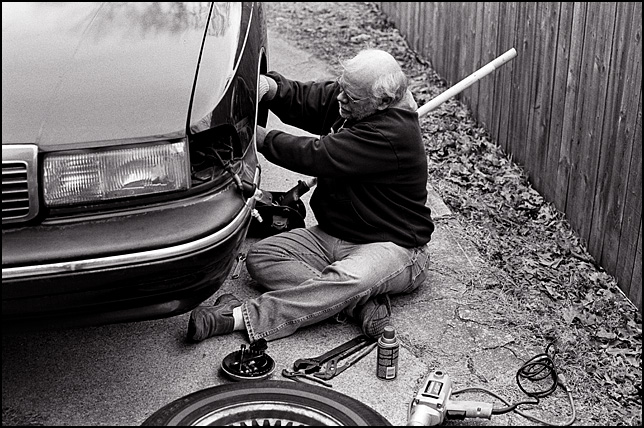
This is my father helping me work on my car. I shot him with a Nikon F3 and 50mm f1.4 AF-Nikkor.
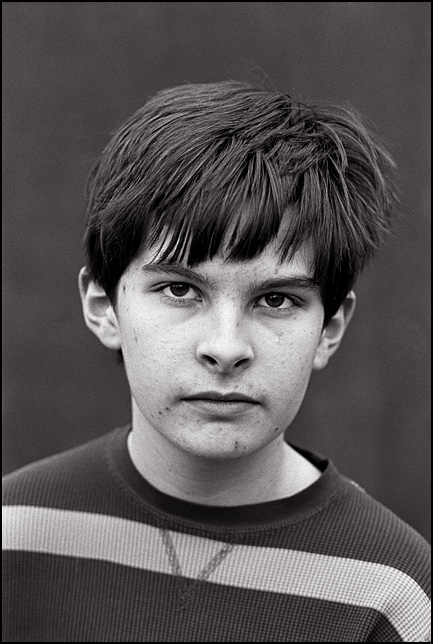
My son, shot with the F3 and 85mm f1.8 AF-Nikkor.
This developer is a pain to use. It is very toxic, so nitrile gloves are required, even developing roll film in tanks (some always seems to leak on my hands). You also have to agitate, a lot. First minute then every 15 seconds, I invert the tank twice, vigorously. This developer will streak and give uneven developing if you use normal agitation or reduced agitation. This is not for stand developing! Agitating a 30oz metal tank this much gives you a workout!
It also requires the use of an Alkaline fixer, rather than the standard acidic fixers we normally use. I used Formulary TF-4, an alkaline rapid fixer made by Photographers Formulary. Its about the same price as the Ilford Rapid Fixer I normally use, but like the PMK developer, it is a pain to use. This stuff comes as a liquid concentrate, like most rapid fixes, but the chemicals always settle out at the bottom of the bottle. Even if you shake the bottle or mix it, it won't dissolve. You must mix the entire bottle of concentrate into water (1+3 dilution) to make the working strength, and it has to be mixed all at once. If you try to measure some of the concentrate to make a smaller working batch, you probably won't get the powder in the right amount in your final developer. When you mix it all at once, the powder finally does dissolve in about a half hour, and it stays dissolved! It smells different than normal fixers, like a hypo clearing agent! It works well though, same fix times as with Ilford or Kodak rapid fix. The alkaline fix is needed because acids remove some of the image stain that Pyro developers are used for.
I have to scan some more examples, and I don't have a developing time recommendation yet. I'm still deciding if i like the contrast I got with the test time I used. I'll update once I test more.
The big question is, of course, IS IT WORTH THE HASSLE? Yes, I think it is. I really like the results I got, a lot.
PMK is a modern Pyro developer, made to work well with modern films. Gordon Hutchings, the formulator of PMK has published the formula, but you can also buy it premixed from Photographers Formulary. Freestyle and B&H both sell the Formulary product, which is how I got mine.
Pyro is toxic, so I would recommend buying the liquid kit, rather than mixing it yourself or buying the powdered version of the kit (the powder can be inhaled, making it much more dangerous than liquids). You have to wear nitrile chemical gloves to use this, it absorbs through skin and is highly toxic. Is it worth it?
Several years ago, when I lived in New Mexico, I tried it with Efke and Foma films and got great results but didn't have the chance to fine tune it before I moved back to Indiana. The bottles got misplaced, and I later realized I had left them behind by mistake, and I never got around to getting more. I'd been thinking about it for a while and finally decided to order a new kit, which I intended to try with Arista Premim 400 film, which is the Tri-X that Freestyle sells for $2 a roll.
Well, here's the first test pics. I am very pleased with the tonality!

This is my father helping me work on my car. I shot him with a Nikon F3 and 50mm f1.4 AF-Nikkor.

My son, shot with the F3 and 85mm f1.8 AF-Nikkor.
This developer is a pain to use. It is very toxic, so nitrile gloves are required, even developing roll film in tanks (some always seems to leak on my hands). You also have to agitate, a lot. First minute then every 15 seconds, I invert the tank twice, vigorously. This developer will streak and give uneven developing if you use normal agitation or reduced agitation. This is not for stand developing! Agitating a 30oz metal tank this much gives you a workout!
It also requires the use of an Alkaline fixer, rather than the standard acidic fixers we normally use. I used Formulary TF-4, an alkaline rapid fixer made by Photographers Formulary. Its about the same price as the Ilford Rapid Fixer I normally use, but like the PMK developer, it is a pain to use. This stuff comes as a liquid concentrate, like most rapid fixes, but the chemicals always settle out at the bottom of the bottle. Even if you shake the bottle or mix it, it won't dissolve. You must mix the entire bottle of concentrate into water (1+3 dilution) to make the working strength, and it has to be mixed all at once. If you try to measure some of the concentrate to make a smaller working batch, you probably won't get the powder in the right amount in your final developer. When you mix it all at once, the powder finally does dissolve in about a half hour, and it stays dissolved! It smells different than normal fixers, like a hypo clearing agent! It works well though, same fix times as with Ilford or Kodak rapid fix. The alkaline fix is needed because acids remove some of the image stain that Pyro developers are used for.
I have to scan some more examples, and I don't have a developing time recommendation yet. I'm still deciding if i like the contrast I got with the test time I used. I'll update once I test more.
The big question is, of course, IS IT WORTH THE HASSLE? Yes, I think it is. I really like the results I got, a lot.
Last edited:
T
Todd.Hanz
Guest
nice test shots, looks like you have the development down. I have only used 510 pyro in the past, will have to try some of this soon.
Todd
Todd
bigeye
Well-known
I've been interested in trying it. I found mfogiel's shots here and on Flickr with his hassie 6x6 very attractive using either the similar Prescysol EF or pyrocat. There's a great luminescence to the pictures.
It doesn't seem to have the same appeal with 135 to me.
It doesn't seem to have the same appeal with 135 to me.
Last edited:
Chriscrawfordphoto
Real Men Shoot Film.
nice test shots, looks like you have the development down. I have only used 510 pyro in the past, will have to try some of this soon.
Todd
I've never heard of 510. Did you like it and do you have any shots I can see? The only modern pyro developer I've seen much about is Pyrocat HD, but there doesn't seem to be much info out about using it with roll films; everything I'd seen online was about sheet film, and I don't shoot large format. Hutchings wrote a book, "The Book of Pyro" that explains how to use PMK in detail. I have it, and it was helpful.
oftheherd
Mentor
You might also want to experiment with WD2D+ which doesn't require an alkaline fixer. I have the same stuff, but don't need it. Mine has crystals in it, but it seems I can shake them into disolving. The WD2D+ seems good, but I haven't used it more than a couple of times so I can give any advice or recommendations on it.
Those photos look really nice.
EDIT: Hutchings book is good. Freestyle has the WD2D+ also. It is also supposed to be good with MF and 35mm as I recall. I have only used it with 4x5 and only once on a dark night time shot. Didn't turn out well, but it was more exposure.
EDIT again: I suggest dishwashing gloves. Nitrile might be cut or pierced on the edges of cut film, but not probably with roll film I guess.
Those photos look really nice.
EDIT: Hutchings book is good. Freestyle has the WD2D+ also. It is also supposed to be good with MF and 35mm as I recall. I have only used it with 4x5 and only once on a dark night time shot. Didn't turn out well, but it was more exposure.
EDIT again: I suggest dishwashing gloves. Nitrile might be cut or pierced on the edges of cut film, but not probably with roll film I guess.
Last edited:
Chriscrawfordphoto
Real Men Shoot Film.
You might also want to experiment with WD2D+ which doesn't require an alkaline fixer. I have the same stuff, but don't need it. Mine has crystals in it, but it seems I can shake them into disolving. The WD2D+ seems good, but I haven't used it more than a couple of times so I can give any advice or recommendations on it.
Those photos look really nice.
EDIT: Hutchings book is good. Freestyle has the WD2D+ also. It is also supposed to be good with MF and 35mm as I recall. I have only used it with 4x5 and only once on a dark night time shot. Didn't turn out well, but it was more exposure.
Thanks, I'll have to look into that developer. Not having to order the alkaline fixer would be nice; shipping for big jugs of fixer is expensive! I usually buy Ilford Rapid Fix locally. Does WD2D+ require all the agitation that PMK does? Pyrocat is supposed to be usable with normal agitation without problems. I know from my brief experience with PMK years ago that it will give uneven developing if you don't agitate vigorously enough, often enough. I like what I've seen with Tri-X so far, and liked it with Efke and Foma.
Here's some Efke 100 shots developed in PMK:

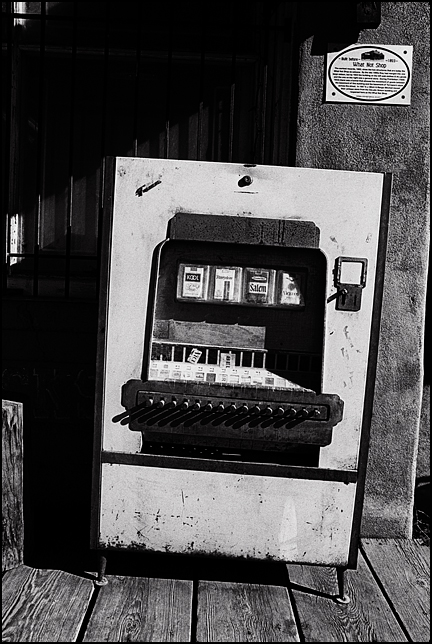
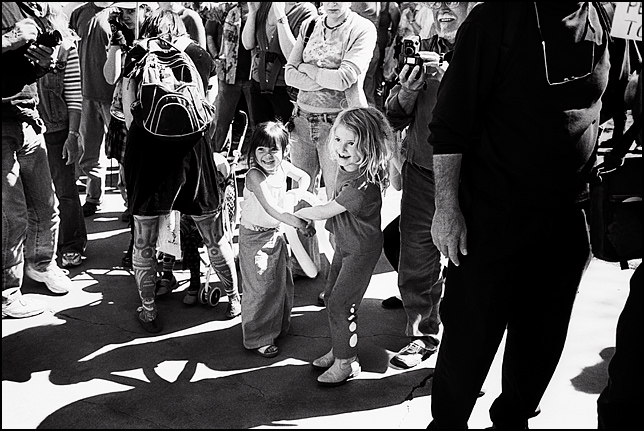
This developer seems to give a good feeling of depth and texture that I don't get from conventional developers.
tlitody
Well-known
Curious about the amount of agitation you say you need because the collected wisdom on the Largeformatphotography forum is that too much agiatation is bad because PMK oxidises so quickly which is why you shouldn't try it in a rotary processor. It just stops working with too much agitation.
For scanning I really don't see the point of messing with staining developers. They come into their own with wet printing. The yellow/green stain of PMK acts as a filter. On VC paper it softens contrast, especially in the highlights which may be a good or bad thing depending on your negative.
And on graded paper the yellow stain filters out the blue light which increases contrast. This increase in contrast affects all the highlights and especially increases the local contrast throughout the print making it come alive if you get it right wheras on VC paper it kills local contrast.
For VC paper printing you have to give a lot more development than for Graded paper printing. Most recommended times are for graded paper printing.
For scanning the yellow stain is just added negative density and really does little if anything except reducing apparent grain a little.
510 pyro is good for rotary processors. Doesn't produce as much stain and has finer grain. Very cheap and easy to make from chemicals too.
HP5 is very good with pyro developers as the emulsion takes more stain. T-grain films take very little stain.
Sandy Kings pyrocat HD gives a browner colour stain. This has different filtration effect than a yellow green stain on VC and Graded papers.
PMK is quite grainy on 135 film.
YMMV
p.s. Alkaline fix makes bugger all difference to PMK developed negatives. G Hutchings changed his mind and says it is not necessary to put film back into developer after fixing cos the added stain is not proportional at that stage. ie. it just makes negs more dense all over.
For scanning I really don't see the point of messing with staining developers. They come into their own with wet printing. The yellow/green stain of PMK acts as a filter. On VC paper it softens contrast, especially in the highlights which may be a good or bad thing depending on your negative.
And on graded paper the yellow stain filters out the blue light which increases contrast. This increase in contrast affects all the highlights and especially increases the local contrast throughout the print making it come alive if you get it right wheras on VC paper it kills local contrast.
For VC paper printing you have to give a lot more development than for Graded paper printing. Most recommended times are for graded paper printing.
For scanning the yellow stain is just added negative density and really does little if anything except reducing apparent grain a little.
510 pyro is good for rotary processors. Doesn't produce as much stain and has finer grain. Very cheap and easy to make from chemicals too.
HP5 is very good with pyro developers as the emulsion takes more stain. T-grain films take very little stain.
Sandy Kings pyrocat HD gives a browner colour stain. This has different filtration effect than a yellow green stain on VC and Graded papers.
PMK is quite grainy on 135 film.
YMMV
p.s. Alkaline fix makes bugger all difference to PMK developed negatives. G Hutchings changed his mind and says it is not necessary to put film back into developer after fixing cos the added stain is not proportional at that stage. ie. it just makes negs more dense all over.
Last edited:
Chriscrawfordphoto
Real Men Shoot Film.
Curious about the amount of agitation you say you need because the collected wisdom on the Largeformatphotography forum is that too much agiatation is bad because PMK oxidises so quickly which is why you shouldn't try it in a rotary processor. It just stops working with too much agitation.
For scanning I really don't see the point of messing with staining developers. They come into their own with wet printing. The yellow/green stain of PMK acts as a filter. On VC paper it softens contrast, especially in the highlights which may be a good or bad thing depending on your negative.
And on graded paper the yellow stain filters out the blue light which increases contrast. This increase in contrast affects all the highlights and especially increases the local contrast throughout the print making it come alive if you get it right wheras on VC paper it kills local contrast.
For VC paper printing you have to give a lot more development than for Graded paper printing. Most recommended times are for graded paper printing.
For scanning the yellow stain is just added negative density and really does little if anything except reducing apparent grain a little.
510 pyro is good for rotary processors. Doesn't produce as much stain and has finer grain. Very cheap and easy to make from chemicals too.
HP5 is very good with pyro developers as the emulsion takes more stain. T-grain films take very little stain.
Sandy Kings pyrocat HD gives a browner colour stain. This has different filtration effect than a yellow green stain on VC and Graded papers.
PMK is quite grainy on 135 film.
YMMV
p.s. Alkaline fix makes bugger all difference to PMK developed negatives. G Hutchings changed his mind and says it is not necessary to put film back into developer after fixing cos the added stain is not proportional at that stage. ie. it just makes negs more dense all over.
I'm doing roll film processed in steel tanks full of developer, not sheet film in trays or rotary processing. Agitation doesn't make developer in a small tank oxidize.
Alkaline fix is not the same as putting the film back in the developer after fixing. I don't do the after-bath in used developer either, but alkaline fix does make a difference. I know that because i tested it when I did PMK in New Mexico before.
My experience is the developer does make a difference with scanning. My Efke negs gave a much different image quality than they did developed in D-76 or Rodinal, even scanned. I'm seeing that too with Tri-X.
newsgrunt
Well-known
I've always used Hypam with PMK with good staining. When that's done, will start into TF-5. I think the issue is with hardening fixers.
W
wlewisiii
Guest
I've been seriously considering Pyrocat-HD myself with an eye to my 4x5 work. I may have to reconsider for 35mm work as well.
Too many fun things to try and too little time. I also want to mix up some Mytol and give it a serious try as well.
Thanks for the samples and thoughts.
Too many fun things to try and too little time. I also want to mix up some Mytol and give it a serious try as well.
Thanks for the samples and thoughts.
Chriscrawfordphoto
Real Men Shoot Film.
Wlewisiii,
What's mytol?
What's mytol?
newsgrunt
Well-known
metol I think he meant
Chriscrawfordphoto
Real Men Shoot Film.

Here's another Tri-X in PMK. Not a great photo, just a quick snapshot in the garage. Light was just from the garage door to the left of the toolbox.
W
wlewisiii
Guest
Xtol clone that I've read interesting bits about. Supposed to be good for the low toxic/fairly green route.
http://www.jackspcs.com/mytol.htm
http://www.jackspcs.com/mytol.htm
newsgrunt
Well-known
that's a new one for me, thx
T
Todd.Hanz
Guest
a few old ones you've probably already seen developed with 510 pyro...
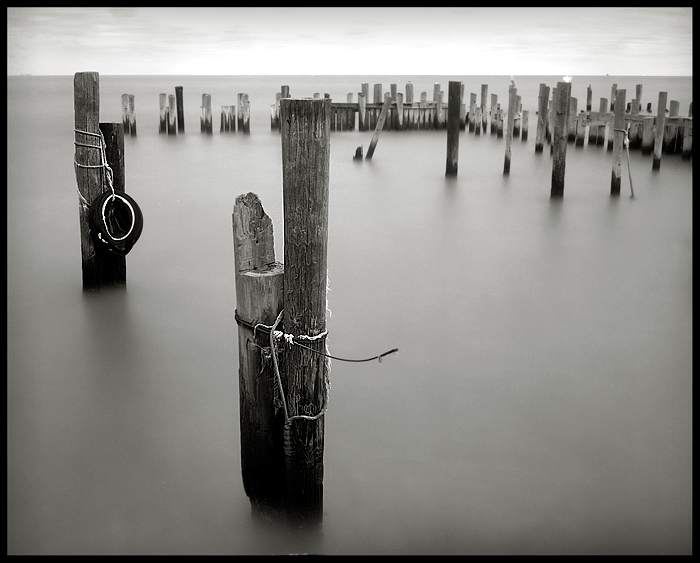
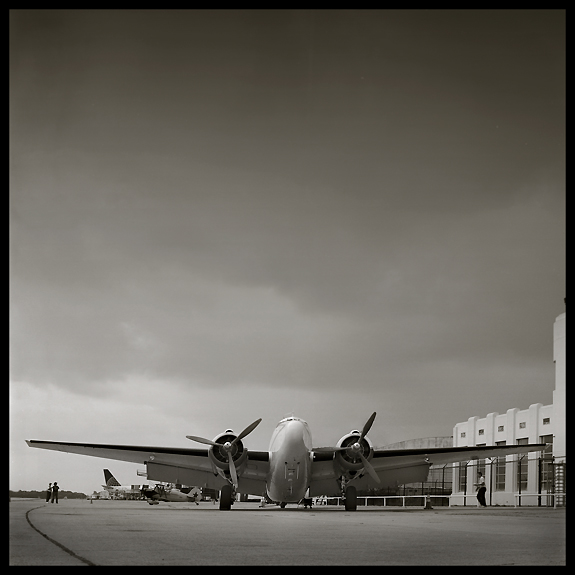
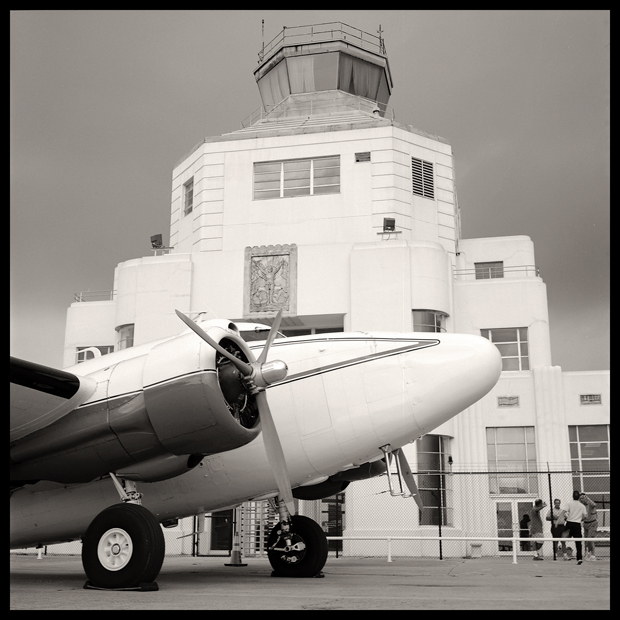

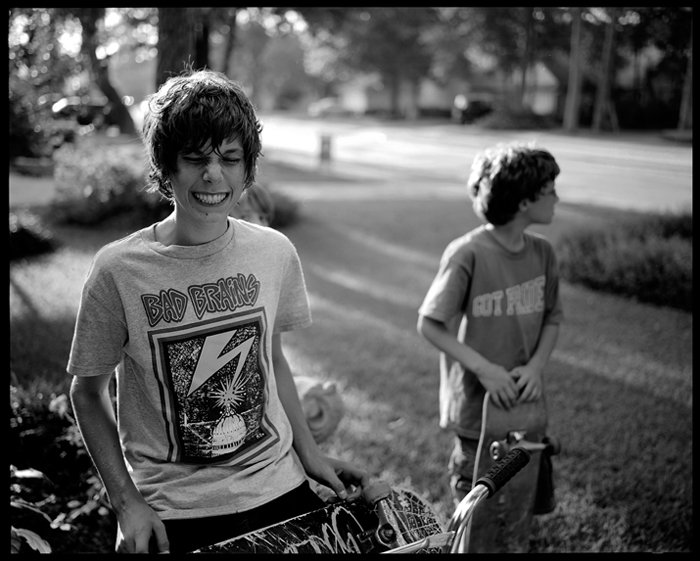
the brownish-yellow look was applied in PS for artistic merit
Todd





the brownish-yellow look was applied in PS for artistic merit
Todd
T
Todd.Hanz
Guest
BTW, all were taken with a Rolleiflex or a Mamiya 7II... roll film.
Todd
Todd
Chriscrawfordphoto
Real Men Shoot Film.
Todd,
Those are great! I have seen the airplane photos, but didn't know how you had developed them. The highlight tones have very good detail and gradation, which is what Pyro is supposed to excel at. These show it well.
Those are great! I have seen the airplane photos, but didn't know how you had developed them. The highlight tones have very good detail and gradation, which is what Pyro is supposed to excel at. These show it well.
W
wlewisiii
Guest
Oy! Was that a Lockheed bird of some kind? Beautiful work, irregardless. Thank you!
T
Todd.Hanz
Guest
yes, it is a Lockheed "Lodestar".
Todd
Todd
Share:
-
This site uses cookies to help personalise content, tailor your experience and to keep you logged in if you register.
By continuing to use this site, you are consenting to our use of cookies.

